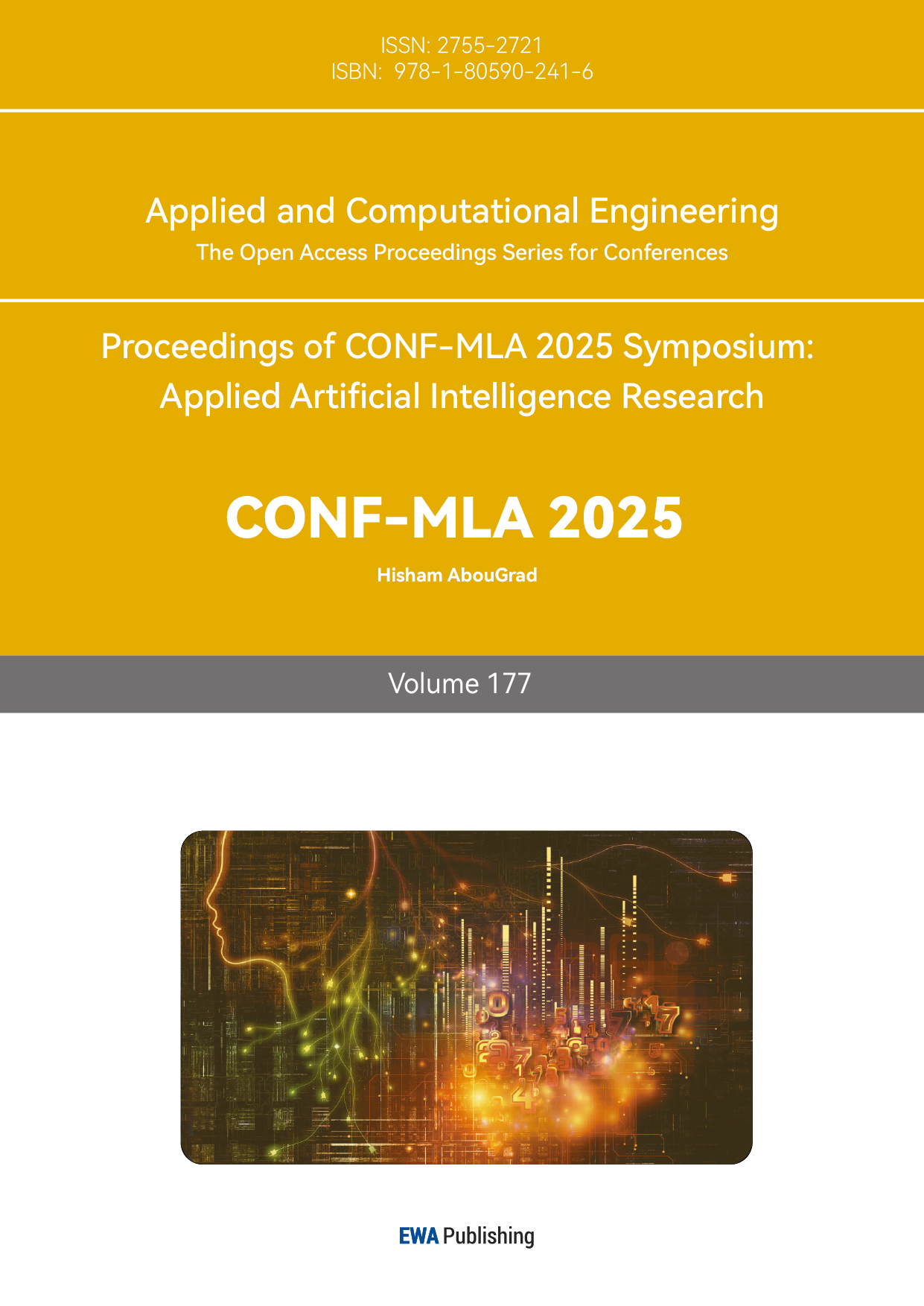References
[1]. Shi, J., Malik, J., & IEEE. (2000). Normalized cuts and image segmentation. In IEEE Transactions on Pattern Analysis and Machine Intelligence. No. 8; Vol. 22, pp. 888–888.
[2]. Boykov, Y. Y., Jolly, M.P.. (2001). Interactive graph cuts for optimal boundary & region segmentation of objects in N-D images. Proceedings of “Internation Conference on Computer Vision, ” pp.105–106.
[3]. Long, J., Shelhamer, E., Darrell, T., & UC Berkeley. (n.d.). Fully convolutional networks for semantic segmentation.
[4]. Ronneberger, O., Fischer, P., & Brox, T. (2015). U-NET: Convolutional Networks for Biomedical Image Segmentation, May 18. arXiv.org. https: //arxiv.org/abs/1505.04597
[5]. Badrinarayanan, V., Kendall, A., & Cipolla, R. (2015). SEGNet: a deep convolutional Encoder-Decoder architecture for image segmentation, November 2. arXiv.org.
[6]. Chen, L., Zhu, Y., Papandreou, G., Schroff, F., & Adam, H. (2018). Encoder-Decoder with Atrous Separable Convolution for Semantic Image Segmentation, February 7. arXiv.org.
[7]. Hu, J., Shen, L., Albanie, S., Sun, G., & Wu, E. (2017). Squeeze-and-Excitation networks, September 5. arXiv.org. https: //arxiv.org/abs/1709.01507
[8]. Zhao, H., Shi, J., Qi, X., Wang, X., & Jia, J. (2016). Pyramid Scene Parsing network, December 4. arXiv.org. https: //arxiv.org/abs/1612.01105
[9]. Dosovitskiy, A., Beyer, L., et al. (2020). An Image is Worth 16x16 Words: Transformers for Image Recognition at Scale, October 22. arXiv.org. https: //arxiv.org/abs/2010.11929
[10]. Zheng, S., Lu, J., et al. (2020). Rethinking Semantic Segmentation from a Sequence-to-Sequence Perspective with Transformers, December 31. arXiv.org.
[11]. Radford, A., Kim, J. W., et al. (2021). Learning transferable visual models from natural language supervision, February 26. arXiv.org. https: //arxiv.org/abs/2103.00020
[12]. Rao, Y., Zhao, W., et al. (2021). DenseCLIP: Language-Guided Dense Prediction with Context-Aware Prompting, December 2. arXiv.org. https: //arxiv.org/abs/2112.01518
[13]. Li, B., Weinberger, K. Q., Belongie, S., Koltun, V., & Ranftl, R. (2022, January 10). Language-driven semantic segmentation. arXiv.org. https: //arxiv.org/abs/2201.03546
[14]. Kirillov, A., Mintun, E., et al. (2023). Segment anything, April 5. arXiv.org.
[15]. Hu, E. J., Shen, Y., Wallis, P., Allen-Zhu, Z., Li, Y., Wang, S., Wang, L., & Chen, W. (2021). LORA: Low-Rank adaptation of Large Language Models, June 17. arXiv.org.
[16]. Houlsby, N., Giurgiu, A., et al. (2019). Parameter-Efficient Transfer Learning for NLP, February 2. arXiv.org. https: //arxiv.org/abs/1902.00751
[17]. Lester, B., Al-Rfou, R., & Constant, N. (2021). The power of scale for Parameter-Efficient Prompt Tuning, April 18. arXiv.org. https: //arxiv.org/abs/2104.08691
[18]. Ma, J., He, Y., Li, F., Han, L., You, C., & Wang, B. (2024). Segment anything in medical images. Nature Communications, 15(1). https: //doi.org/10.1038/s41467-024-44824-z
[19]. Ghiasi, G., Gu, X., Cui, Y., & Lin, T. (2021, December 22). Scaling Open-Vocabulary Image Segmentation with Image-Level Labels. arXiv.org. https: //arxiv.org/abs/2112.12143
[20]. Chen, G., Zhou, Y., et al. (2024). Remote sensing of diverse urban environments: From the single city to multiple cities. Remote Sensing of Environment, 285, 113396.
[21]. Zhang, C., Han, D., Qiao, Y., Kim, J. U., Bae, S., Lee, S., & Hong, C. S. (2023). Faster segment anything: towards lightweight SAM for mobile applications, June 25. arXiv.org.
[22]. Zhao, X., Ding, W., An, Y., Du, Y., Yu, T., Li, M., Tang, M., & Wang, J. (2023). Fast segment anything, June 21. arXiv.org. https: //arxiv.org/abs/2306.12156
[23]. Wang, D., Shelhamer, E., Liu, S., Olshausen, B., & Darrell, T. (2020). TENT: Fully test-time adaptation by entropy minimization, June 18. arXiv.org. https: //arxiv.org/abs/2006.10726
[24]. Kendall, A., & Gal, Y. (2017). What uncertainties do we need in Bayesian deep learning for computer vision? March 15. arXiv.org. https: //arxiv.org/abs/1703.04977
[25]. Chen, L., Papandreou, G., Kokkinos, I., Murphy, K., & Yuille, A. L. (2016). DeepLab: Semantic Image Segmentation with Deep Convolutional Nets, Atrous Convolution, and Fully Connected CRFs, June 2. arXiv.org. https: //arxiv.org/abs/1606.00915
[26]. Krähenbühl, P., & Koltun, V. (2012). Efficient Inference in Fully Connected CRFs with Gaussian Edge Potentials, October 20. arXiv.org. https: //arxiv.org/abs/1210.5644



